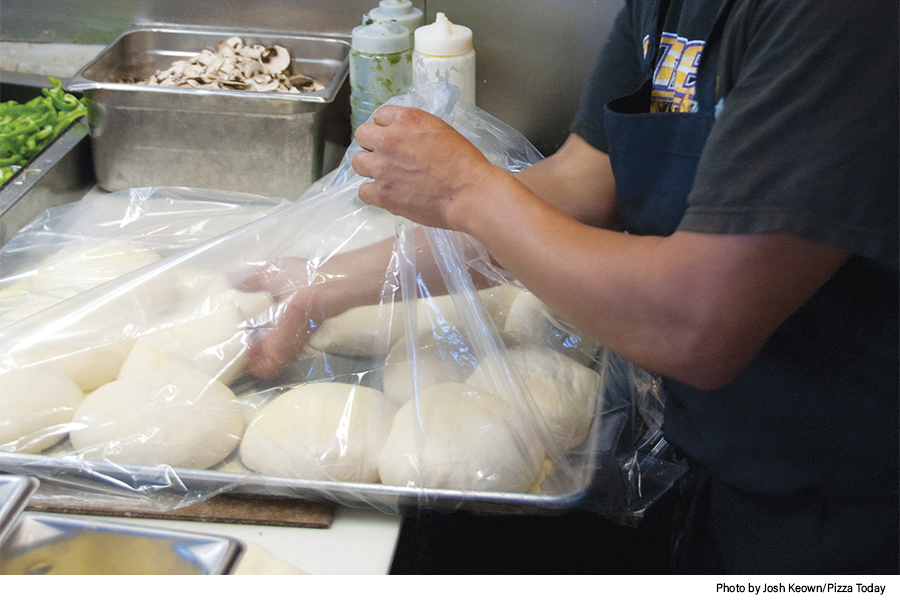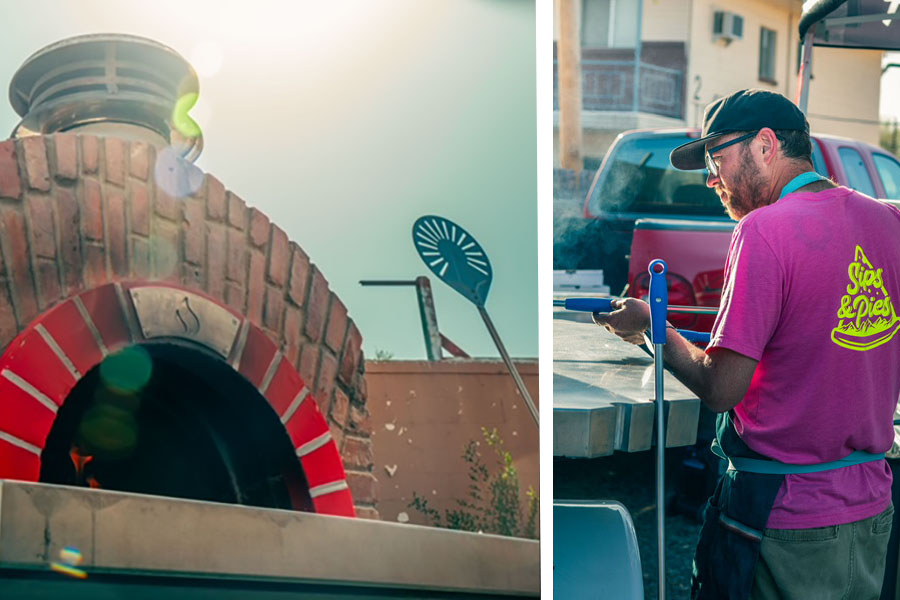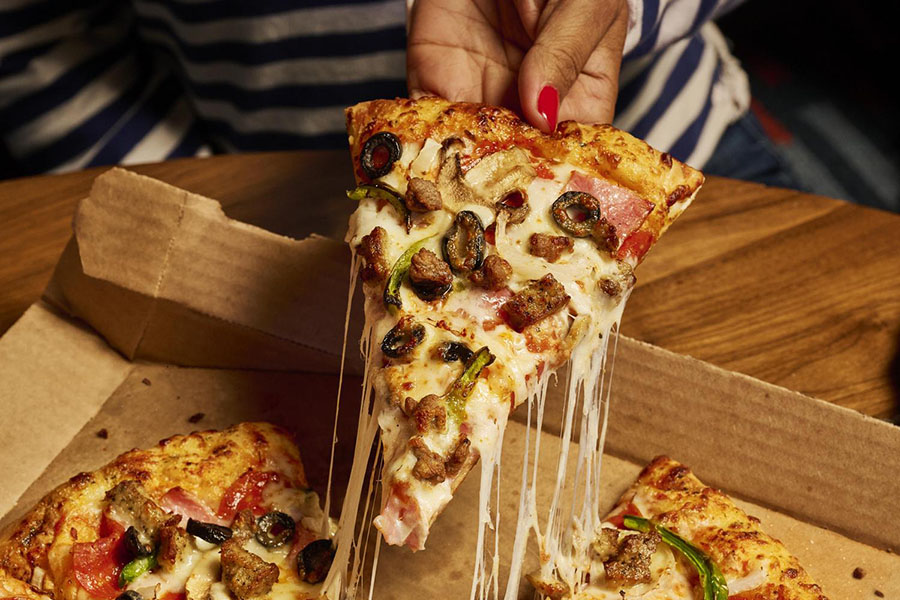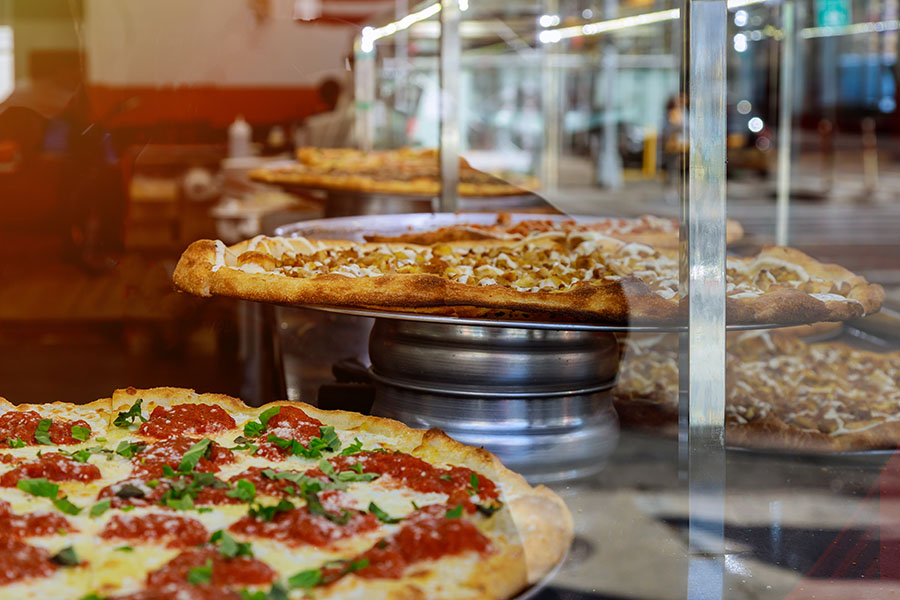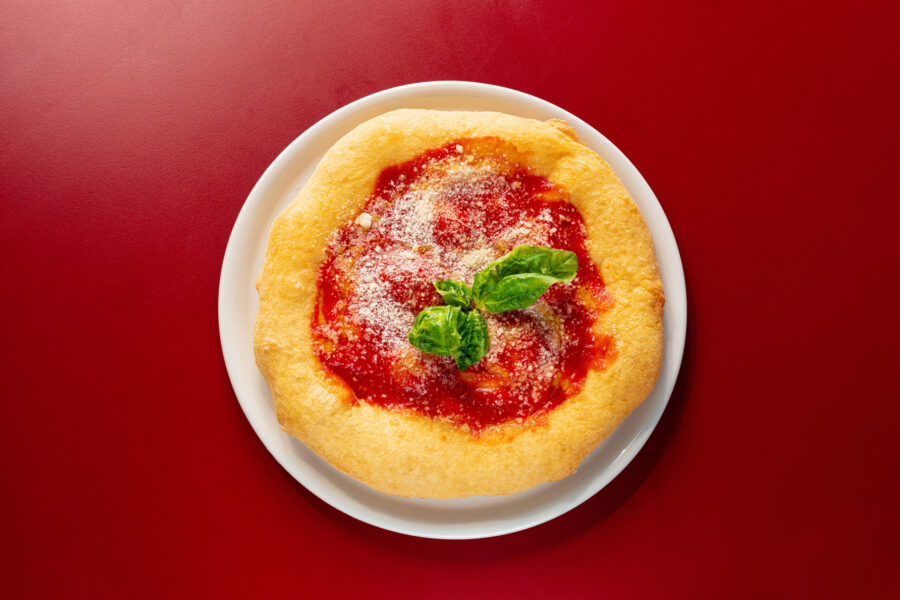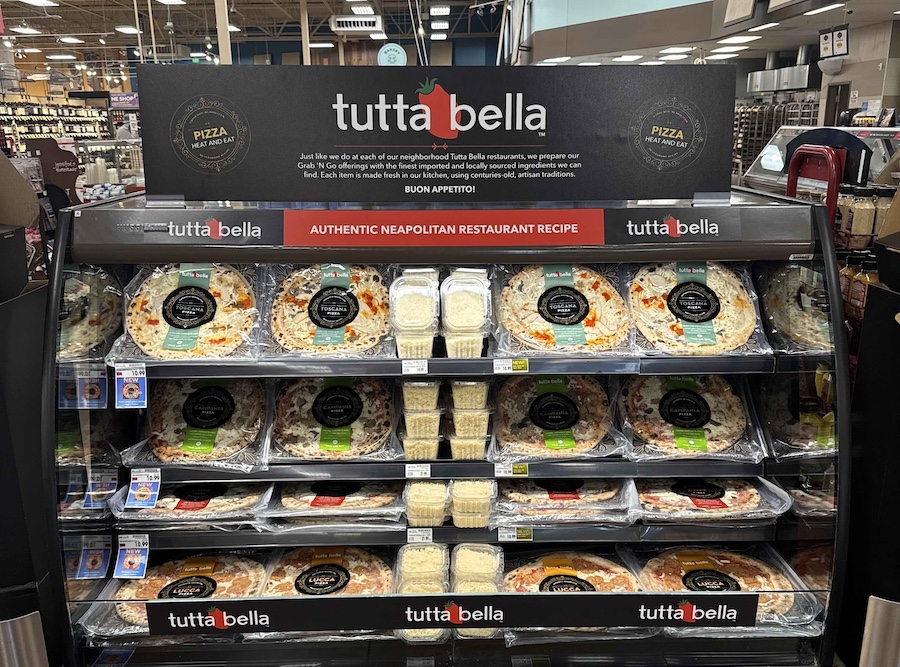The KEY to consistent pizza lies in your dough management systems
Of all my years in cooking I have never met a more passionate person than a pizzaiolo/a. At times that passion may look like an argument with loud and fast talking and hand gestures galore all over what seems like a miniscule detail. Most pizzaioli open restaurants or businesses with the grand and ambitious idea that they are going to be there all the time and they are going to have a part in every pizza that goes out. Let’s be honest, that idea goes out the window within the first week. Any smart operator knows that passion for the product and the business is what gets the doors open and butts in the seats, but good systems are what keep things consistent and people coming back.
Having a tight system in place for dough management is crucial for any pizzeria. Systems not only create consistency in your product but also make your life easier when it comes to training new employees. Keeping a happy staff is paramount to a well-run restaurant no matter the size and well thought out systems make it easier for your staff to make decisions when things happen. There’s no guessing, just immediate action that results in a solution. Dough is the basis of what we do and since it is a living thing it can be hard to regulate.
First things first, where is your mixer and where is your flour?
Flour needs to be kept dry and cool and off the floor. It should be close to the mixer since each bag is 50 pounds and is going to be hard to move around repeatedly. The mixer itself should be in a temperate area close to where you plan on keeping your dough. Where is your recipe? I know we can be quite possessive over our recipes but I’m not saying you should teach every single person in your restaurant how to make dough, but a recipe book of some sort is going to be needed for ease of prep.
Nowadays mixers are advanced enough that you can plug your recipe into it, inclusive of multiple speeds, and the mixer will automatically adjust time and speed, leaving all the person making the dough to do is add the ingredients. If you are looking to streamline consistency in your dough and you aren’t already using a thermometer and scale to weigh ingredients, start immediately. It may feel like a pain in the beginning, but you will notice the payoff in the long run.
What are you putting your dough in? Boxes or trays wrapped in something or in tins and where are these being cleaned and stored? If dough is being refrigerated, utilizing space and using the right equipment can either save the day or make your life really stressful. All dough should be labeled in some fashion whether it’s with a sharpie on plastic wrap or masking tape or a color-coded system. Any person should be able to tell what day the dough was made and time — if you’re getting down to the nitty gritty details — and the size of the dough ball. FIFO, or first in first out, should apply to dough as much as anything else. Before you open, testing should have been done as to your recipe and equipment but do not be surprised if it takes you the first full year to really get your systems down. I live in the Bay Area of California where the climate is usually temperate but is changing drastically and it’s only having experienced every season in an old building with no air conditioning or heating have I learned how my dough reacts and changes.
Now that the weather is cooling what I did a month ago has completely flipped.
My dough and storage area are one floor down in the basement where you would think it would always be cooler but is actually more humid due to the dish machine being close by. In turn I have taught my crew how to stage dough. In the pizza area near the oven, it is quite warm and tight in space, so dough heats up very quickly. Depending on the time of day we don’t need all dough sitting out, so we stage our dough in steps. We load up the pizza area in anticipation of the busy time periods but pull more dough out of the fridge and leave it in a cooler spot so when it comes time to rotate the trays up into the pizza area they are not directly out of the fridge and have been tempering for some time. It ensures that all pizzas will be cooked through and no gum lines. This simple system of staging dough ensures some effort towards quality control. There should be a rotation schedule based off pars that is visible and known by all. The death of systems comes when only one person knows what’s going on.
If not using refrigeration for dough, knowing your times and temperatures coupled with your yeast or sourdough percentage is paramount for well fermented dough. This may mean your dough travels finding warm or cool spots whether it’s closer to your oven to capture residual heat during prep or near the windows or in the dining room where it is cooler to slow down fermentation. Controlling time and temps can be one of the hardest things but always ensures consistency.
I know this can be tricky but having the same one or two people make dough ensures each batch is as close to the same as possible.
Recipes and systems are extremely important but knowing how your dough should feel by touch at the end of the mix during every seasonal change ensures the same dough every time. If you are feeling like implementing systems is tough when you’ve already been in business, it is, but don’t let that get you down. Focus on one thing at a time and ensure the information is written somewhere and people know how to access it. Making dough and managing it is the fun part after all.
Laura Meyer is the owner of Pizzeria da Laura in Berkeley, CA.
>> Explore answers to more common pizza dough questions in Troubleshooting your Pizza Dough: What’s wrong with my pizza dough? <<
